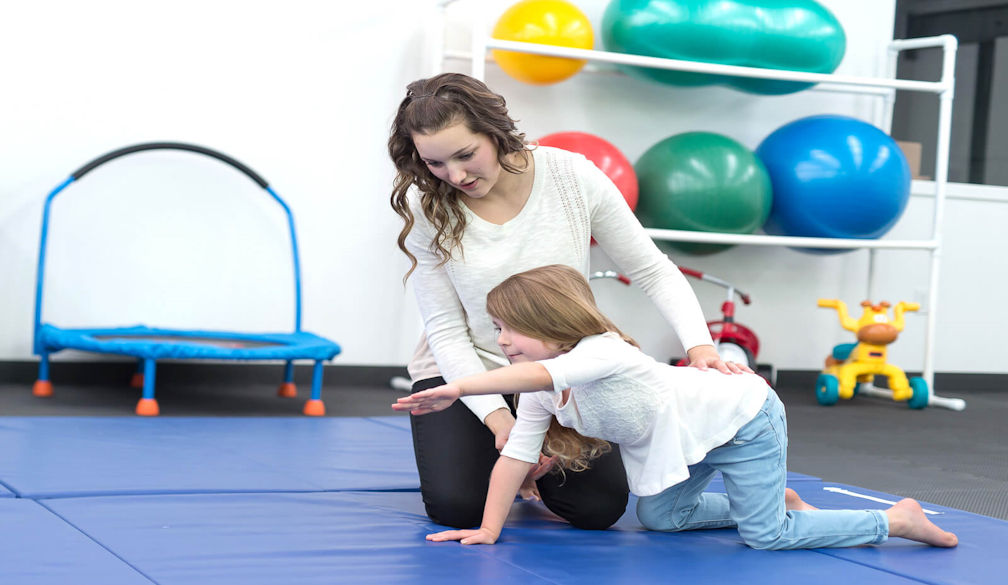A Comprehensive Guide to Paediatric Physio

Paediatric physio helps children with a wide range of physical, neurological, developmental, and medical problems achieve the best possible mobility, strength, balance, and coordination, as well as their maximum potential. To attain the highest quality of life possible, they assist kids in overcoming the physical obstacles posed by their illnesses. How? Learn more about paediatric physical therapy in this article.
What Is Paediatric Physio?
Paediatric physio is a branch of medicine that uses physical agents, specifically exercise and manual therapy, to treat patients with injuries or disorders affecting the neuromuscular and musculoskeletal systems. Musculoskeletal ailments, developmental issues, and behavioural issues are just a few of the conditions that physiotherapists address.
Paediatric physiotherapists are health professionals who care for children with conditions that affect their growth and development. They help children meet the physical challenges associated with their conditions so they can achieve the best possible quality of life. They also help keep you from getting hurt on a daily basis by teaching you how to take care of yourself or providing sports injury treatments to help you get back to your normal activities as soon as possible.
The main focus of paediatric physio is to improve mobility and reduce pain in children with a medical condition affecting their movement or posture. A wide range of conditions affects the mobility of children, including neuromuscular disorders (such as cerebral palsy), orthopaedic problems (such as clubfoot), neurological problems (such as stroke), cardiac conditions, and congenital abnormalities.
How Is It Different From Adult Physiotherapy?
Paediatric physio is different from adult physiotherapy primarily because it specialises in treating children and infants. The main difference between paediatric physiotherapy and adult physiotherapy is that paediatric physiotherapy is a specialised field that focuses on treating children from birth to 18 years of age.
It aims to help babies develop as they grow from birth throughout childhood, even by giving sports injury treatments. It can also treat some developmental disabilities, including cerebral palsy, minor injuries, and many more.
Who Is in Need of Paediatric Physio?
Paediatric physio is a branch of physiotherapy that specialises in treating children with a wide range of conditions. Treatment provided by a paediatric physiotherapist can benefit children of all ages. Children often have different needs than adults, so it's important to find someone trained specifically in working with children.
The following are the most typical causes of paediatric physical therapy:
- Cerebral palsy: This is a long-term condition that affects movement and posture and can cause muscle stiffness, spasms, tremors, or weakness.
- Developmental delay: This may affect children with learning disabilities or those struggling with their physical development, making Occupational Therapy a valuable solution.
- Injury or trauma: If your child has suffered an injury such as a broken bone or concussion, they may need specialised treatment to help them recover fully. A physiotherapist can also help reduce pain and swelling after the surgery for injuries like these. They can also aid in sports injury treatments.
- Postural problems: Children who have poor posture tend to experience back pain more often than others do later in life due to poor alignment of their bones during growth spurts. Postural problems can cause other issues, such as headaches or digestive problems, such as constipation.
- Sports-Related Injuries: Children inclined to sports can also benefit from paediatric physiotherapy. Sports injury treatments are available depending on what type of sports injury.
Techniques for Treating Children With Paediatric Physio
The physiotherapy treatment techniques are different for adults and children. There are numerous ways to treat kids who have physical limitations. Some of these methods consist of the following:
1. Gait Training
Gait training helps children learn to walk by improving their balance and strength. Children can also be taught how to use walking aids such as crutches or canes to improve their walking skills.
2. Functional Training
This involves helping children with physical disabilities perform daily activities such as getting up from the floor, dressing, and using the toilet.
3. Postural Modification
Postural modification helps improve posture and alignment with exercises that strengthen muscles and stretch tight muscles to improve balance, posture, and gait patterns. Postural modification may also involve providing a brace or splint, if appropriate, to correct an abnormal position that may be causing pain or discomfort. Postural modification can help prevent further injury and improve the quality of life for your child by improving their appearance and confidence and their ability to participate fully in school and recreational activities without pain or discomfort.
4. Manual Therapy
Manual therapy involves using the hands to massage or manipulate certain parts of the body to relieve pain and improve movement and flexibility. This technique is often used on joints, muscles, tendons, and ligaments in order to relieve pain or stiffness in these areas.
5. Occupational Therapy
This entails assisting kids with physical limitations with basic tasks like getting up off the floor, getting dressed, and going to the bathroom. Additionally, there are a variety of techniques that may be done to increase the range of motion. For example, stretching exercises for the fingers help prevent stiffness in these areas, which can make it difficult for children with cerebral palsy to grasp objects or hold things in their hands.
In Summary
Paediatric Physio is the care provided by a physiotherapist for children with physical disabilities, using the skills of the physiotherapist in combination with knowledge of children's developmental anatomy, physiology, and growth and development. Paediatric physiotherapy aims to prevent or reduce pain and disability among children through examination, assessment, and treatment. Paediatric physiotherapy may also include sports injury treatments for children exposed to sports from a young age.

















